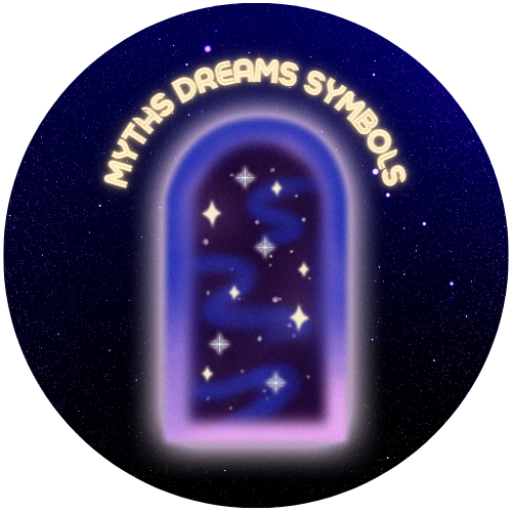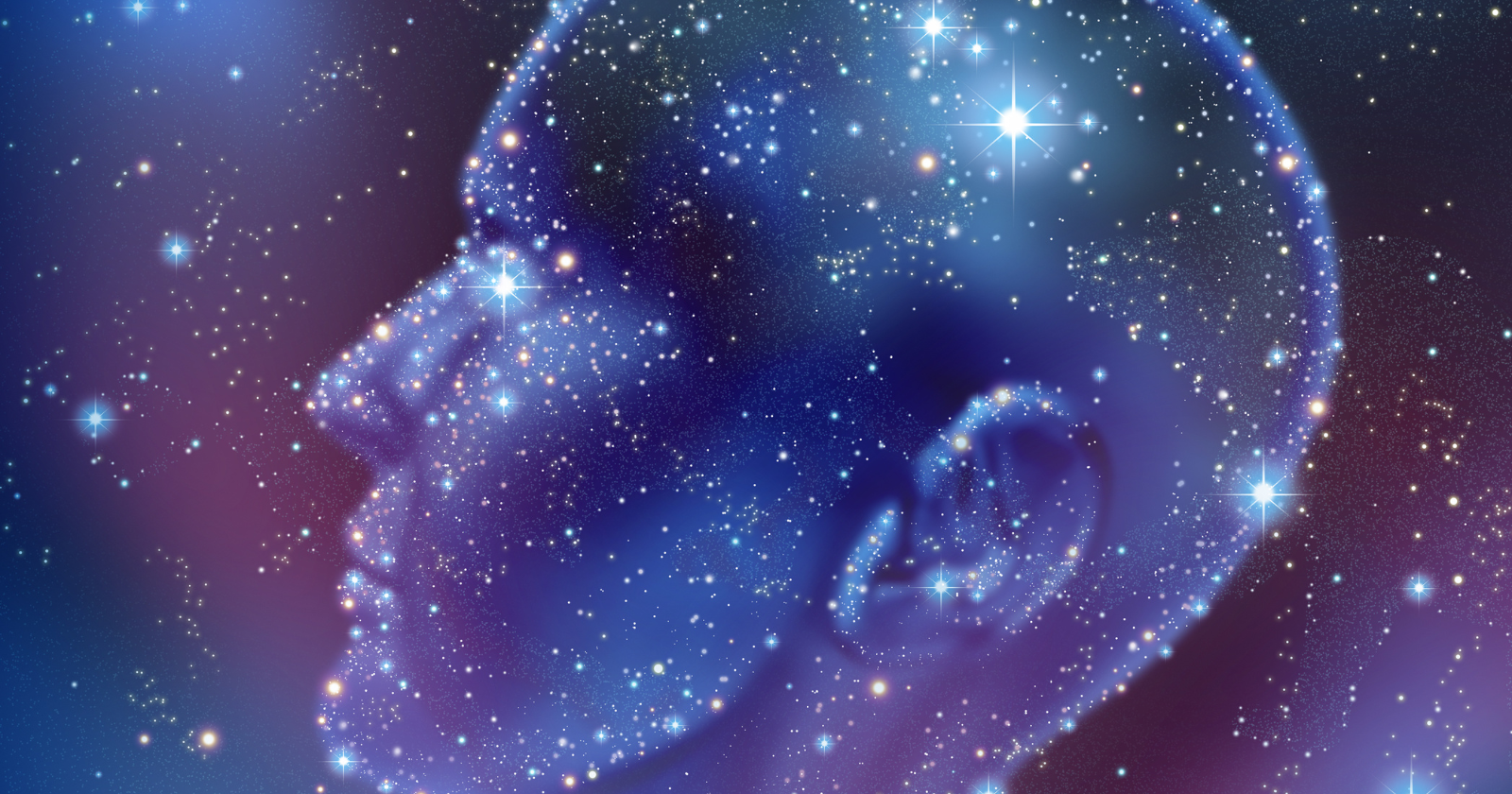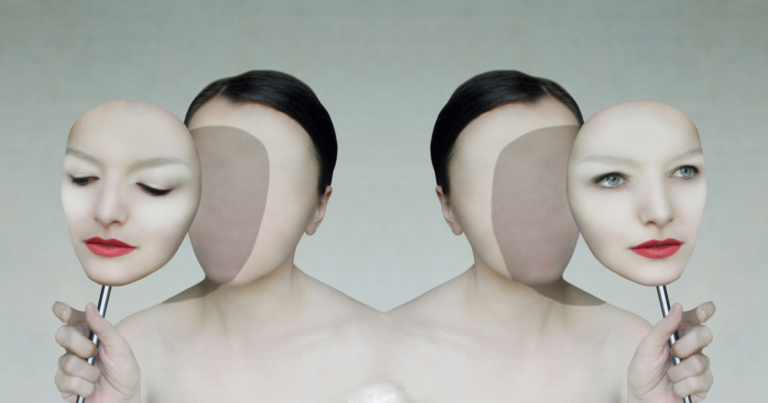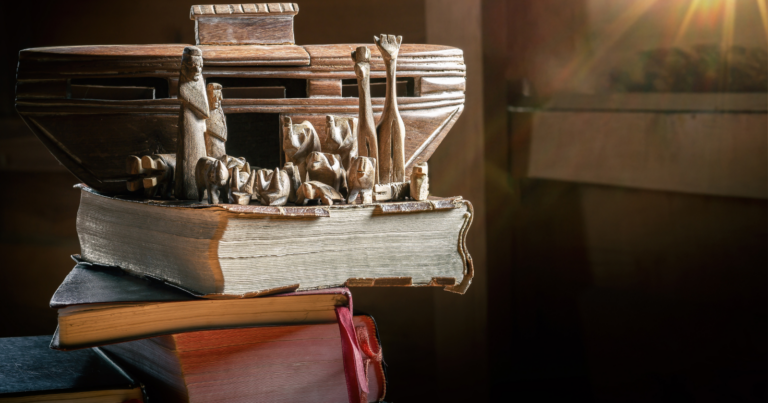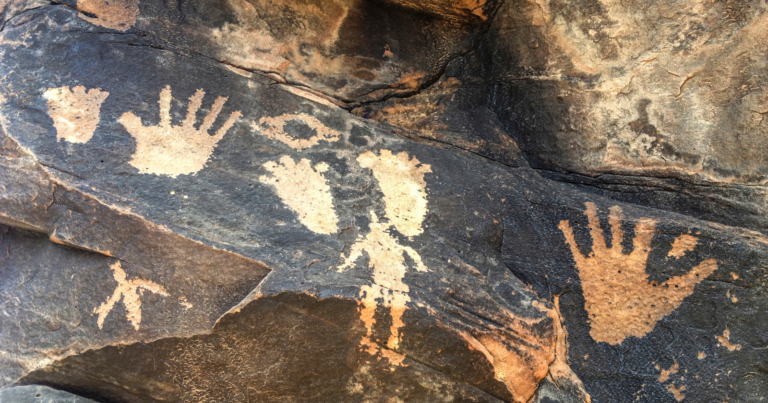In the labyrinth of the human psyche, where mysteries unfold in the shadowy realms of our subconscious, Carl G. Jung’s “Man and His Symbols” stands as a beacon of understanding.
This seminal work, a collaboration between Jung and his closest associates, delves into the profound significance of symbols in human life, particularly through the medium of dreams.
At the heart of this exploration is the conviction that dreams are not mere figments of our imagination but vital communications from the depths of the unconscious, rich with symbols that hold the key to our innermost selves.
The Language of the Soul
Carl Jung posited that man uses spoken or written words to express meanings, weaving a language brimming with symbols. However, it’s in the realm of dreams that this symbolic language finds its purest expression.
Dreams bypass the constraints of rational thought to convey messages from the unconscious, using symbols as their lexicon.
These symbols, according to Jung, are not arbitrary but arise from the collective unconscious—a universal reservoir of experiences and motifs shared by all of humanity.
The Importance of Dreams
“Dreams,” Jung argued, “are the main source of all our knowledge about symbolism.” This statement underscores the value he placed on dream analysis as a window into the unconscious.
In dreams, symbols manifest in various forms, from mythological figures to everyday objects, each carrying layers of meaning that reflect our fears, desires, conflicts, and aspirations.
By engaging with these symbols, we embark on a journey of self-discovery, uncovering aspects of ourselves that lie beyond the reach of conscious awareness.
Navigating the Symbolic Landscape
“Man and His Symbols” serves as a guide for navigating the symbolic landscape of our dreams.
Jung and his collaborators provide insights into deciphering the messages embedded in dream imagery, emphasizing the personal and universal significance of symbols.
The book invites readers to see beyond the literal interpretation of dreams, encouraging a deeper engagement with the symbolic language that animates our inner world.
The Collective Unconscious and Archetypes
A pivotal concept in Jung’s theory is the collective unconscious and its archetypes—innate, universal patterns and images that form the foundation of our psychic DNA.
These archetypes manifest in dreams as powerful symbols, such as the Great Mother, the Shadow, the Wise Old Man, and many others.
Through dreams, we access these archetypal images, which not only connect us to the broader human experience but also guide our personal growth and development.
Embracing the Wisdom of Dreams
In the modern world, where the rational often eclipses the mystical, Jung’s “Man and His Symbols” reminds us of the transformative power of embracing the wisdom of dreams.
By tuning into the symbolic messages of our dreams, we tap into a wellspring of insight and creativity that can enrich our lives and propel us toward wholeness.
Conclusion: The Journey Within
Carl Jung’s exploration of symbols and dreams in “Man and His Symbols” offers a compelling vision of the psyche’s depths.
It invites us on an inward journey to unlock the secrets of the unconscious, guided by the rich symbolism of our dreams. In doing so, we not only gain a deeper understanding of ourselves but also connect with the universal narratives that shape human existence.
As we navigate the symbolic world of dreams, we discover that the language of the soul is one of infinite wisdom, beckoning us to uncover the mysteries that lie within.
